-

Aluminum Cases
-

ATA Cases
-

Catalog Cases
-

Computer Cases
-

Custom Cases
-

Custom Foam Inserts
-

Equipment Cases
-

Gun Carrying Cases
-

Hard Cases
-

Instrument Cases
-

Plastic Cases
-

Portfolio Cases
-

Presentation Cases
-

Road Cases
-

Rolling Cases
-

Sample Cases
-

Shipping Cases
-

Soft Cases
-

Storm Cases
-

Tool Cases
-

Trade Show Cases
-

Transit Cases
-

Wheeled Cases
Carrying cases are designed to provide safe storage and transportation for various kinds of sensitive equipment. Examples of such equipment include televisions, handheld tools, musical instruments, sales posters, firearms, cameras, and computers. Industries such as telecommunication, medical, aerospace, digital, manufacturing, sales, music, defense, photography, and many more depend on carrying cases for their day-to-day functions.
The History of Carrying Cases
Before carrying cases were enhanced with frames and other contemporary features, merchants offered them as simple, shapeless bags equipped with handles. These were called satchels. While the term is still in use today, it now generally describes soft bookbags and purses with crossbody straps and flaps.
The pioneer in patenting a structured carrying case was a Parisian named Godillot. In 1826, he introduced a bag design with a hinged iron frame, which he called a carpet bag. This innovation quickly became popular as a form of luggage.
In the 1850s, merchants introduced briefcases designed to store business papers, serving as portable desks for the burgeoning class of businessmen venturing into the world. This innovation sparked a trend among luggage manufacturers, who began producing steamer trunks. These sturdy trunks, crafted from sap-waterproofed wood and reinforced with iron, became essential for passengers transporting personal belongings on trains and ships.
As travelers began to shoulder the responsibility of moving their own luggage, the demand for lighter and more convenient carrying cases grew. This shift led to luggage manufacturers introducing leather carrying cases, which were first referred to as “suitcases” in advertisements from 1897. The evolution of travel continued into the late 1940s with the rise of air travel. By 1950, the Rimowa company had launched the first aluminum cases designed specifically for air travel. The 1960s saw another innovation with the creation of wheeled trolleys, allowing travelers to navigate bustling airport terminals and train stations with ease. The pivotal moment came in 1972 when Bernard Sadow combined the convenience of trolleys with luggage, patenting the concept of “rolling luggage.” This invention quickly gained popularity, making rolling suitcases a ubiquitous and enduring travel essential.
In 2000, Rimowa revolutionized the travel industry once more by unveiling the first-ever luggage carrying case crafted from polycarbonate.
In today’s world, carrying cases serve a far greater purpose than merely holding luggage and papers. With the advent of globalization, businesses can now reach markets across the globe, and custom cases have become an essential tool in this expansive outreach. Thanks to advancements in manufacturing processes such as molding and extruding, it’s possible to mass-produce carrying cases designed to protect even the most delicate instruments. As we look to the future, we can anticipate these carrying cases evolving to meet the ever-changing demands of the market with even greater efficiency and precision.
Design
Production Process
Manufacturers craft carrying cases through a meticulous process that begins with primary forming and transitions to secondary steps, such as attaching handles and wheels. They employ various fabrication techniques, often incorporating CNC technology for enhanced precision and reduced human error. The production methods differ based on the type of case being made—soft, hard plastic, or metal. Each method ensures that the final product meets exacting standards, whether it’s a flexible fabric case, a durable plastic one, or a robust metal container.
When crafting a soft case, manufacturers often choose between sewing the soft material or using heat to fuse it together. To enhance the appearance, they may treat the material to resemble different textures, such as faux leather. This transformation can be achieved through weaving, embossing, embroidering, laminating, screen printing, stamping, or heat sealing. To increase the case’s functionality, manufacturers incorporate features like pockets, zippers, hooks and loops, snaps, and flaps. Although a soft case can function without internal support, adding metal, wooden, or plastic frames can provide additional structure. For cases made with PVC fabric, laminating the material to fiberboard can offer increased stiffness and durability.
If manufacturers are making a hard-plastic case, they may use a number of different processes including blow molding, rotational molding, or injection molding.
Blow molding starts with the creation of a plastic piece featuring a small opening at one end, known as a parison. This parison is then clamped into a mold, heated, and inflated with compressed air through the opening. The air causes the parison to expand and conform to the shape of the mold. Once the plastic cools and solidifies, the mold is opened, and the formed piece is removed and finished. Blow-molded cases are a cost-effective option, offering low to medium impact resistance.
Rotomolding begins with the creation of a parison, which is then guided through a series of rotating molds. As the system transfers the parison from one mold to another, it gradually assumes the intended shape. This technique is ideal for crafting intricate custom cases. The resulting rotationally molded plastic carrying cases are renowned for their ability to endure extreme shock and pressure, boasting superior grain flow strength.
In Injection molding, manufacturers begin by injecting molten plastic into a sealed mold cavity. Within this cavity, pressure and sometimes additional heat are applied, compelling the plastic to conform precisely to the mold’s shape. After this transformation, the molded plastic is left to cool and solidify before being carefully extracted from the mold.
To craft metal carrying cases, manufacturers begin by roll forming metal sheets and extruding a sturdy frame, typically fashioned from steel or aluminum. These metal sheets are then meticulously bent into the desired shape before being securely welded or screwed onto the frame. To enhance durability, the corners are often reinforced with additional metal panels, ensuring the case can withstand heavy use.
Materials
Soft custom carry cases are often crafted from materials such as nylon, neoprene, PVC fabric, and polyester, each offering unique benefits. Occasionally, manufacturers opt for leather, which, due to its higher cost, is typically used for premium briefcases or luxury luggage.
Hard materials often include sturdy plywood, versatile polypropylene, robust ABS, durable aluminum, strong steel, clear acrylic, resilient carbon fiber, reinforced fiberglass polyester (FRP), flexible yet tough low-density polyethylene (LDPE), high-density polyethylene (HDPE), and various hard plastics.
All types of carrying cases, except rackmount cases, are equipped with a foam liner that provides padding. This padding can be custom-cut to fit specific items, ensuring a secure fit. The foam insert, designed to absorb impact, can be either open-cell or closed-cell, depending on the required level of protection.
Considerations and Customization
Manufacturers of carrying cases provide a diverse array of products, varying in shapes, sizes, dimensions, and materials. Whether you seek a standard item with fixed dimensions or a custom-designed case, suppliers are equipped to cater to your specific requirements. Their designs consider factors such as the necessary case strength, sensitivity and weight of the contents, size and shape of the items, required cushioning, preferred transportation style (whether hand-carried, rolling, or toting), aesthetic preferences, security needs, budget, and standard specifications. For added convenience, manufacturers offer customization of not just the material, lining, and dimensions of your carrying case, but also the hardware. They can incorporate various accessories to enhance functionality. To explore the options further, consult with your supplier.
Types
Hard cases feature rigid outer shells crafted from durable materials like aluminum, plastic, or laminated plywood. These cases are designed to safeguard their contents from crushing, shock, and impact, ensuring maximum protection. Many of them are also waterproof, adding an extra layer of security against the elements.
Soft cases, crafted from pliable materials like neoprene, vinyl, suede, canvas, or leather, offer a flexible and cost-effective alternative to hard cases. Their versatility caters to a variety of consumer needs, available in an array of shapes, sizes, and colors. Whether stitched by hand or machine, these cases blend functionality with affordability, adapting to the diverse preferences of users.
Crafted with durability and waterproofing in mind, rotationally molded plastic cases provide exceptional protection for sensitive equipment against the harshest elements. In rugged industrial and heavy-duty environments, these resilient carrying cases are indispensable for shipping, transit, and securely holding tools and other essential items. Their robust design makes them perfect for extreme conditions, ensuring that contents remain safe and intact. Additionally, these plastic carry cases can be reinforced with fiberglass, enhancing their rigidity and strength to withstand even greater stresses.
Aluminum cases are crafted to transport delicate items like wine glasses, gaming equipment, and lab microscopes with exceptional protection against impacts. These robust containers are often used for transit or shipping, ensuring that their fragile contents remain secure. They come in various sizes, ranging from standard briefcases to large shipping boxes, catering to diverse needs for both personal and professional use.
Originally designed for airline shipments, ATA shipping cases have now become indispensable for transporting music, sound, and electronic equipment. Authentic ATA cases strictly follow the stringent shipment regulations set by the Air Transport Alliance. However, some companies loosely apply the term “ATA cases” to their products, offering cases that resemble those meeting ATA standards without fully adhering to the specifications. Genuine ATA cases are distinguished by their traditional features: steel ball corners, steel hinges, rigorous stress testing, and laminated handles.
Aluminum and ATA cases feature hinged breakaway sections, meticulously crafted to securely house electronic equipment like sound boards and control panels. These cases are built for durability, ensuring that your valuable gear remains permanently protected and easily accessible when needed.
Transit cases are specially crafted carrying cases intended for transporting items in exceptionally harsh conditions, such as those encountered in military combat. These cases are renowned for their reliability and durability, owing to the robust materials used in their construction. While the strength-to-weight ratios of these cases can vary, each material offers unique advantages, ensuring the contents are safeguarded under the most demanding circumstances.
Rackmount cases, crafted to adhere to strict military standards, are a specialized type of transit case. They boast the ability to be airtight and waterproof, constructed from either robust aluminum or ultra-durable plastic. At their core lies an inner frame, ingeniously suspended within the outer shell by shock mounts. This design ensures superior shock absorption and protection compared to traditional foam padding, safeguarding the case’s contents even when traversing the most rugged terrains.
Advantages of Carrying Cases
Carrying cases provide significant benefits across various industries and for countless individuals. They enable the efficient shipping demanded by global commerce, ensuring that businesses can safely and reliably transport their products. This capability has revolutionized how goods are shipped, enhancing both security and reliability in the process.
Various carrying cases can be engineered to be both air and watertight, offering resistance to electromagnetism while maintaining an excellent strength-to-weight ratio. Although blow-molded cases are not advisable for rugged, high-impact scenarios, they are perfect for low to medium impact transportation.
Accessories
Manufacturers can enhance the functionality and style of carrying cases by equipping them with a variety of accessories. These enhancements might include secure locks, convenient drawers, multiple pockets, and specialized bins. Adjustable compartments and trays provide customizable storage solutions, while twist latches and recessed handles offer ease of use. Spring-loaded handles and shock mounts ensure durability, and wheels or heavy-duty swivel casters add mobility. For extra protection, rubber gaskets and sturdy straps can be incorporated. Stacking lugs, molded tracks, and buckles contribute to the overall structure, while logos, labels, embroidery, zippers, and decorative beading add a touch of personalization. Your manufacturer can provide guidance on the costs associated with these additions and embellishments.
Standards
The requirements for carrying cases vary based on industry and application. For instance, if your case is intended for military use, it must adhere to all relevant military specifications, whether it’s for transporting food supplies or munitions. Similarly, many cases need to meet ATA standards, so if certification is necessary, ensure your manufacturer provides genuine ATA-compliant cases. Standards are also essential for cases used in importing/exporting goods, medical supplies, instruments, and more. To determine the specific standards your carrying case should meet, consult with leaders in your industry.
How to Choose the Right Manufacturer
In a world where carrying cases are ubiquitous, the abundance of companies selling them can often lead to confusion and uncertainty. How do you choose the right one? How can you distinguish between a reputable manufacturer and a less reliable one? These are important questions to consider. To help you navigate this crowded market, we have carefully curated a selection of industry-leading carrying case companies. Each company listed here is trusted and experienced, giving you the confidence that you will find the perfect match for your needs.
To begin, outline the specifications for your application and determine your budget. With the right manufacturer, you can secure high-quality cases at a reasonable price. Once your list is ready, explore the company profiles on this page. As you review them, compare their services against your requirements. Identify three or four companies that seem promising, and reach out to each for a quote. It’s advantageous to have a phone conversation as well, allowing you to assess their customer service. After speaking with each company, choose the one that best fits your needs and start your project. Good luck!
Check out our Carrying Cases website
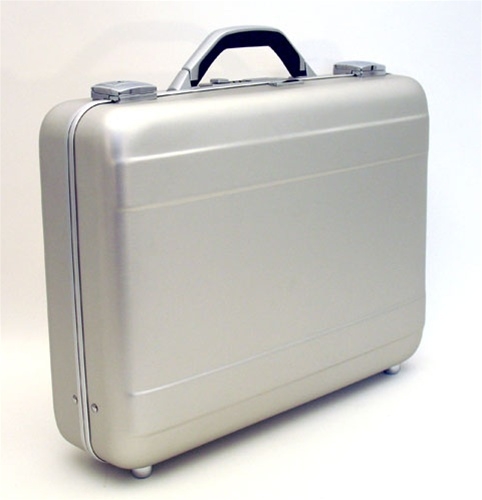
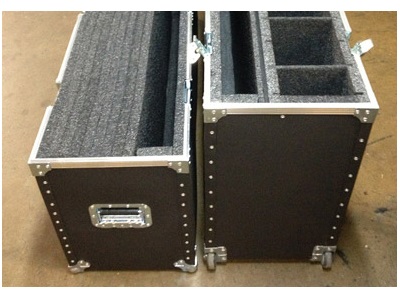
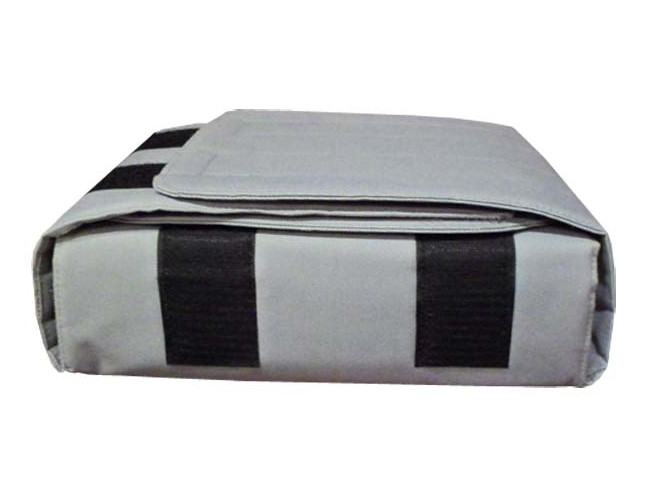
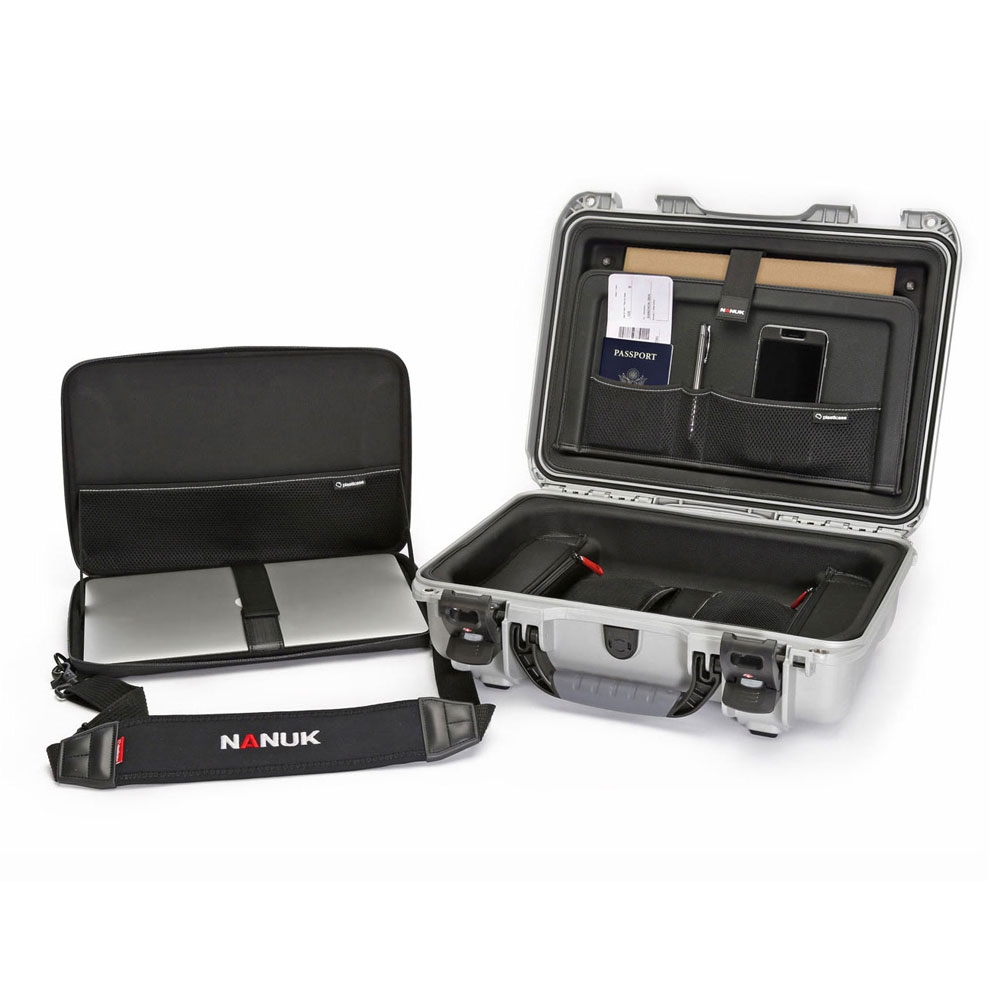
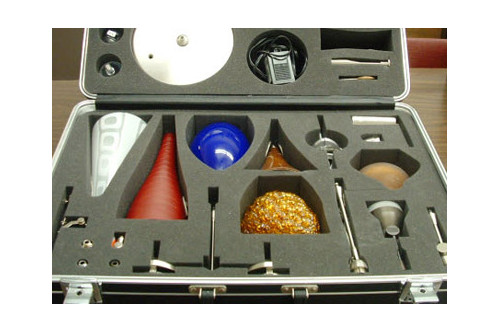

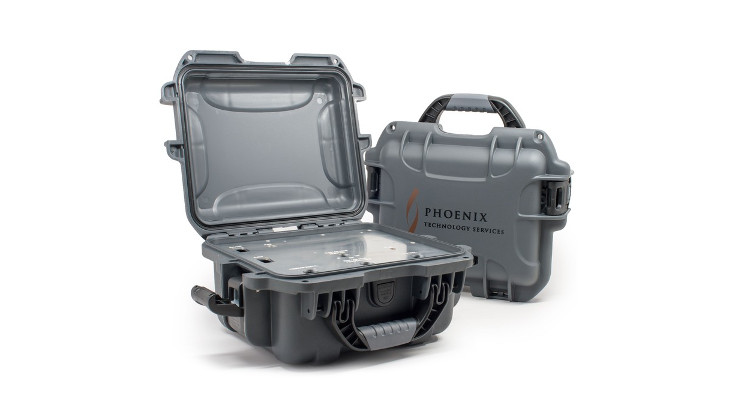
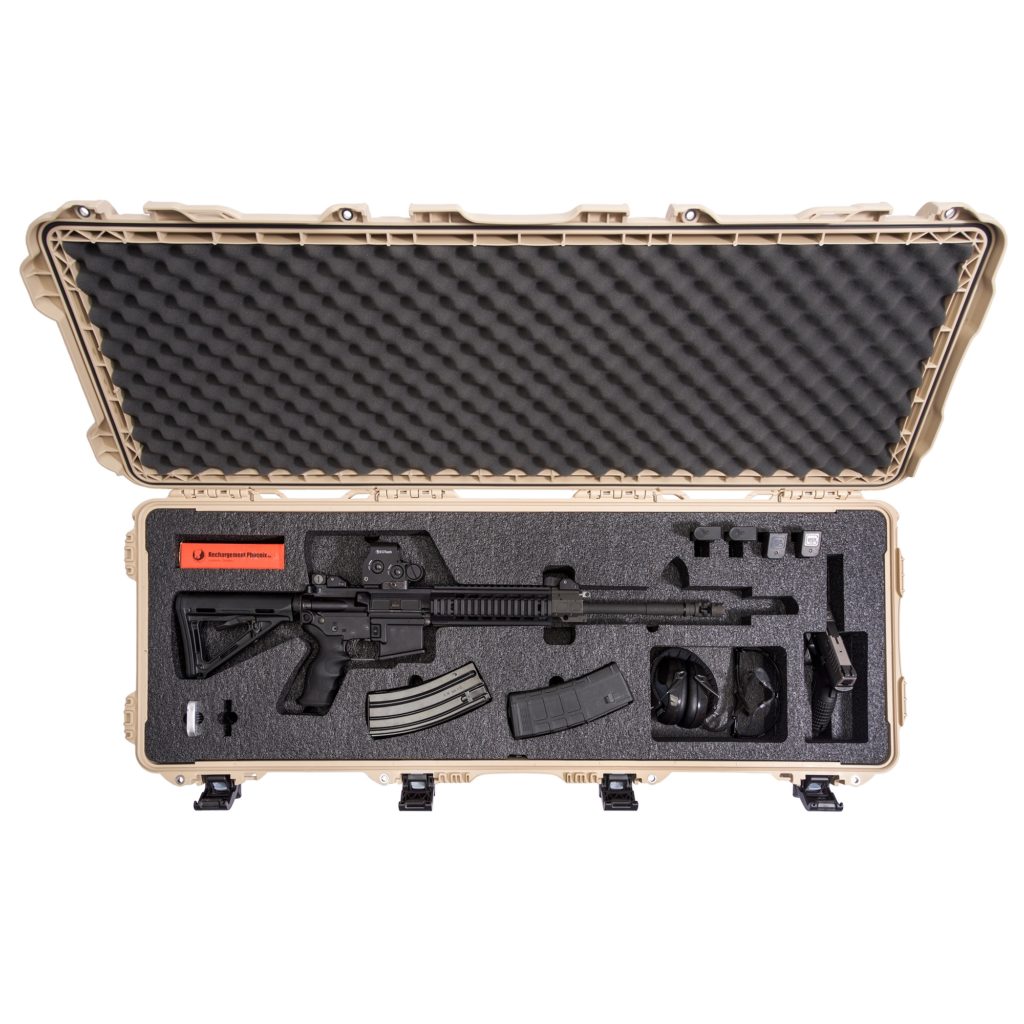
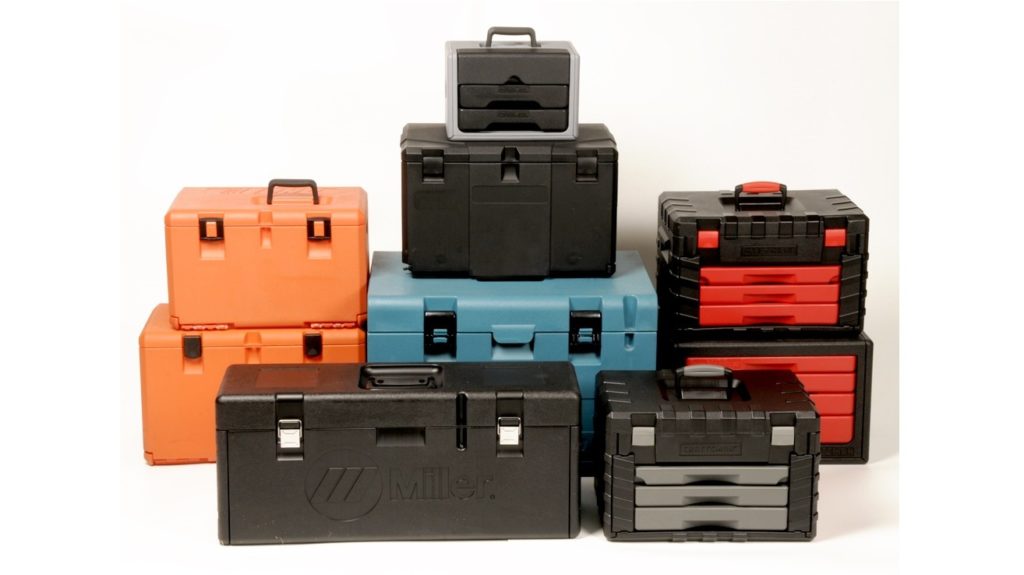
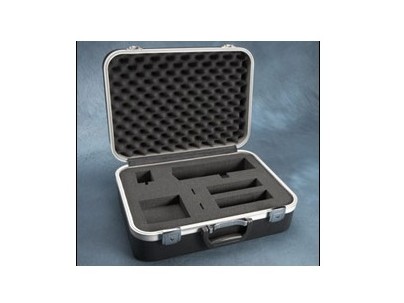
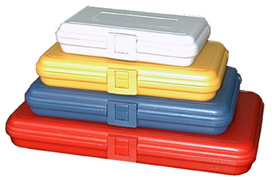
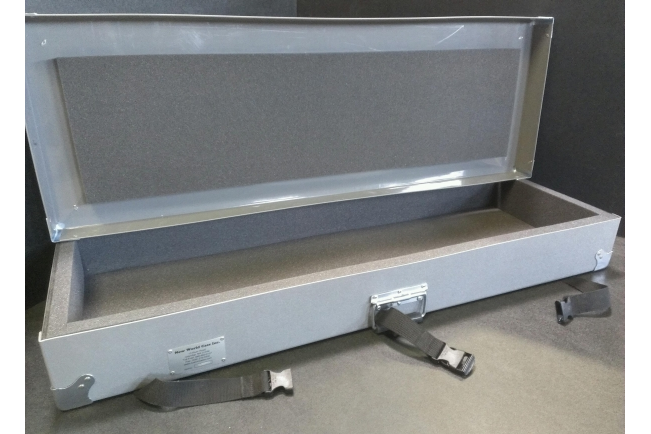

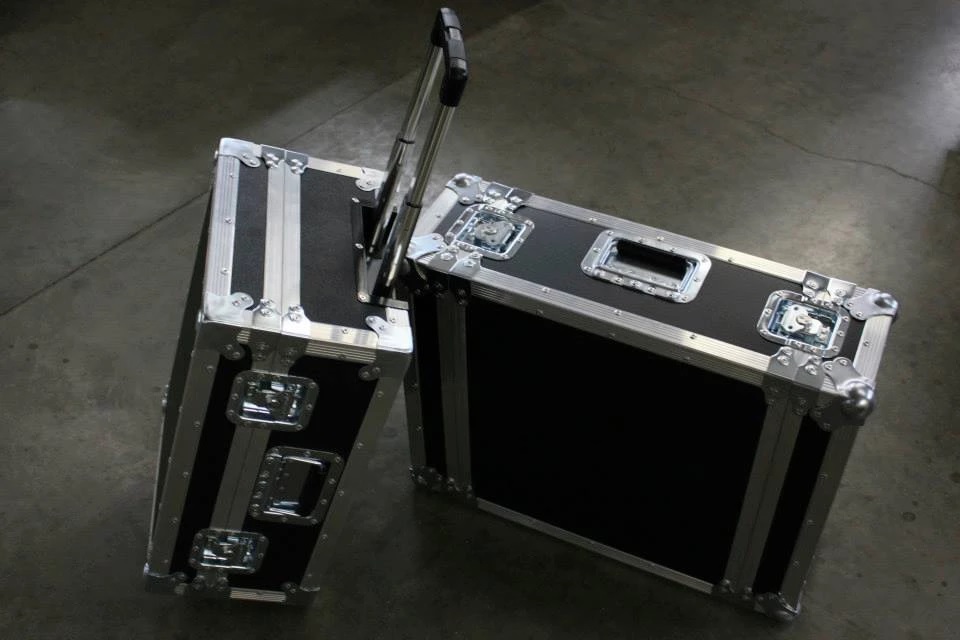
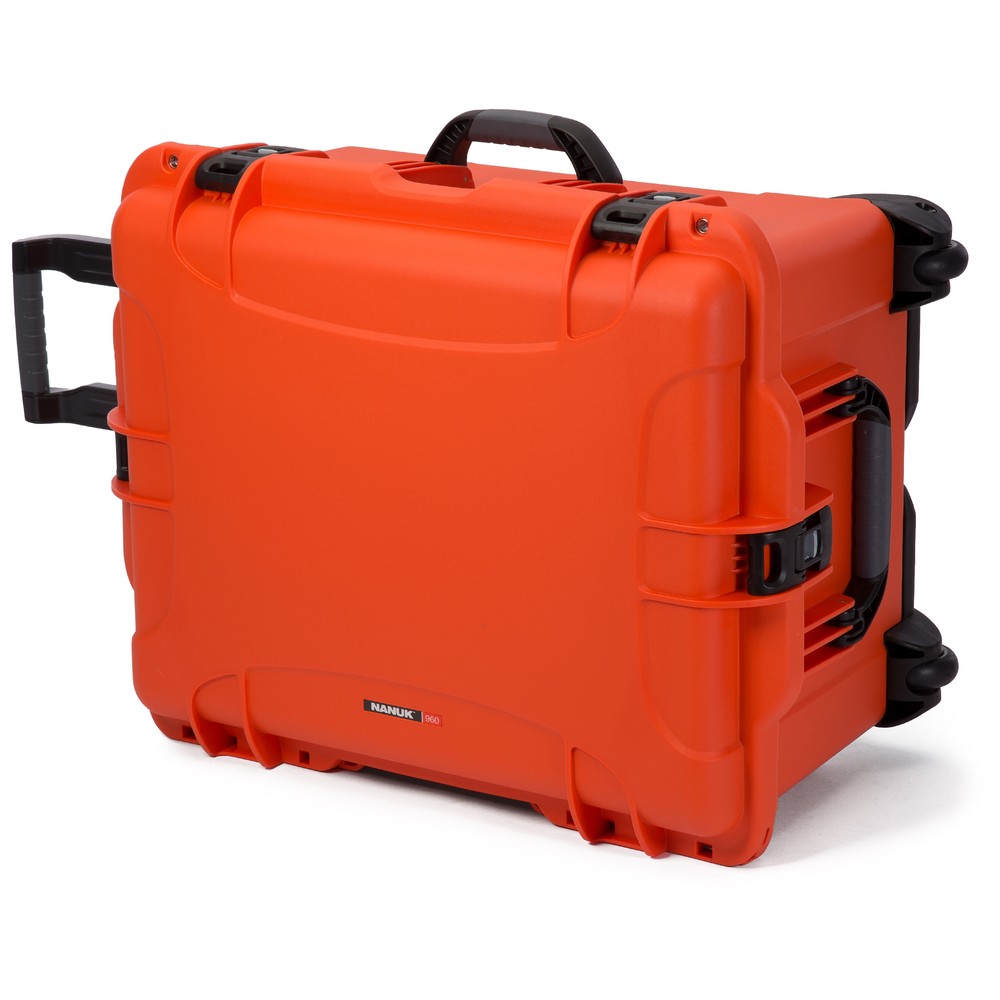
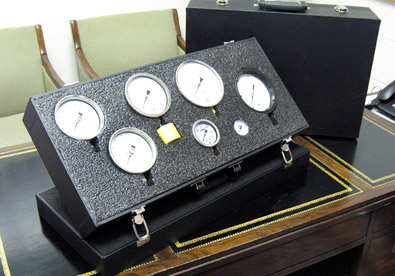

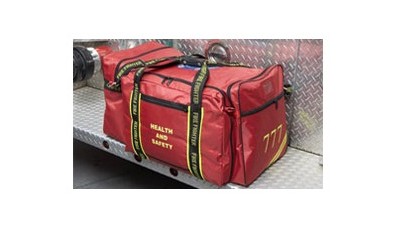
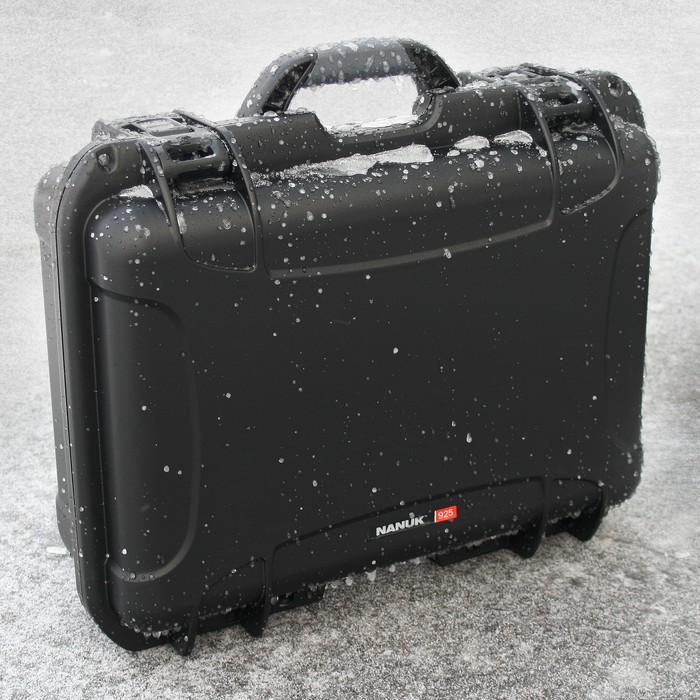

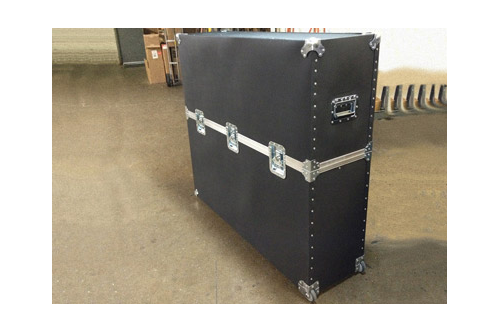
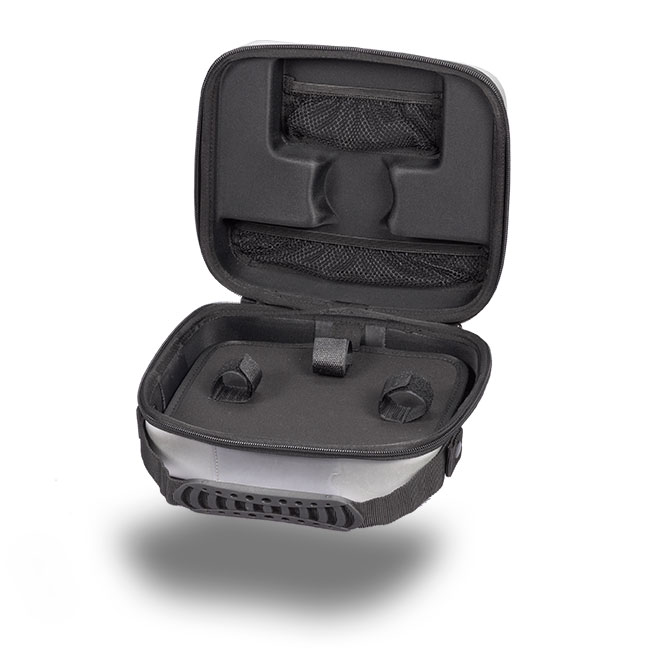
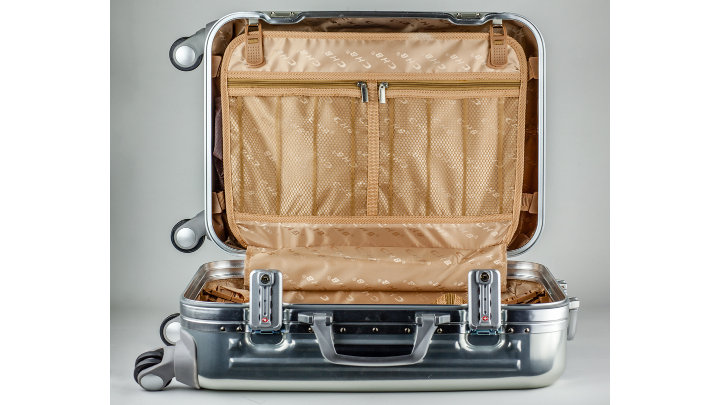
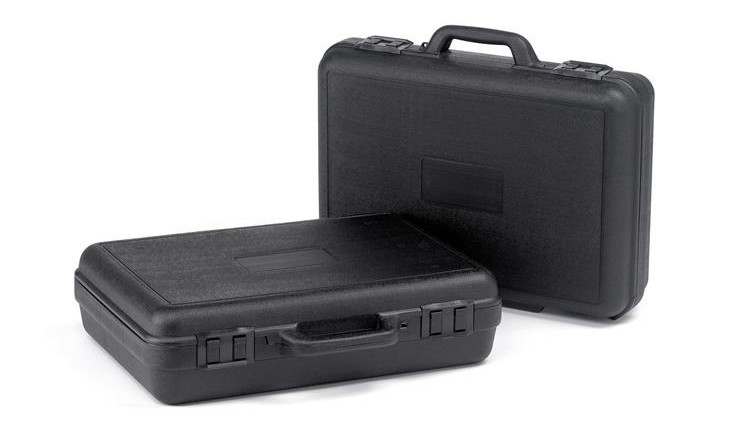
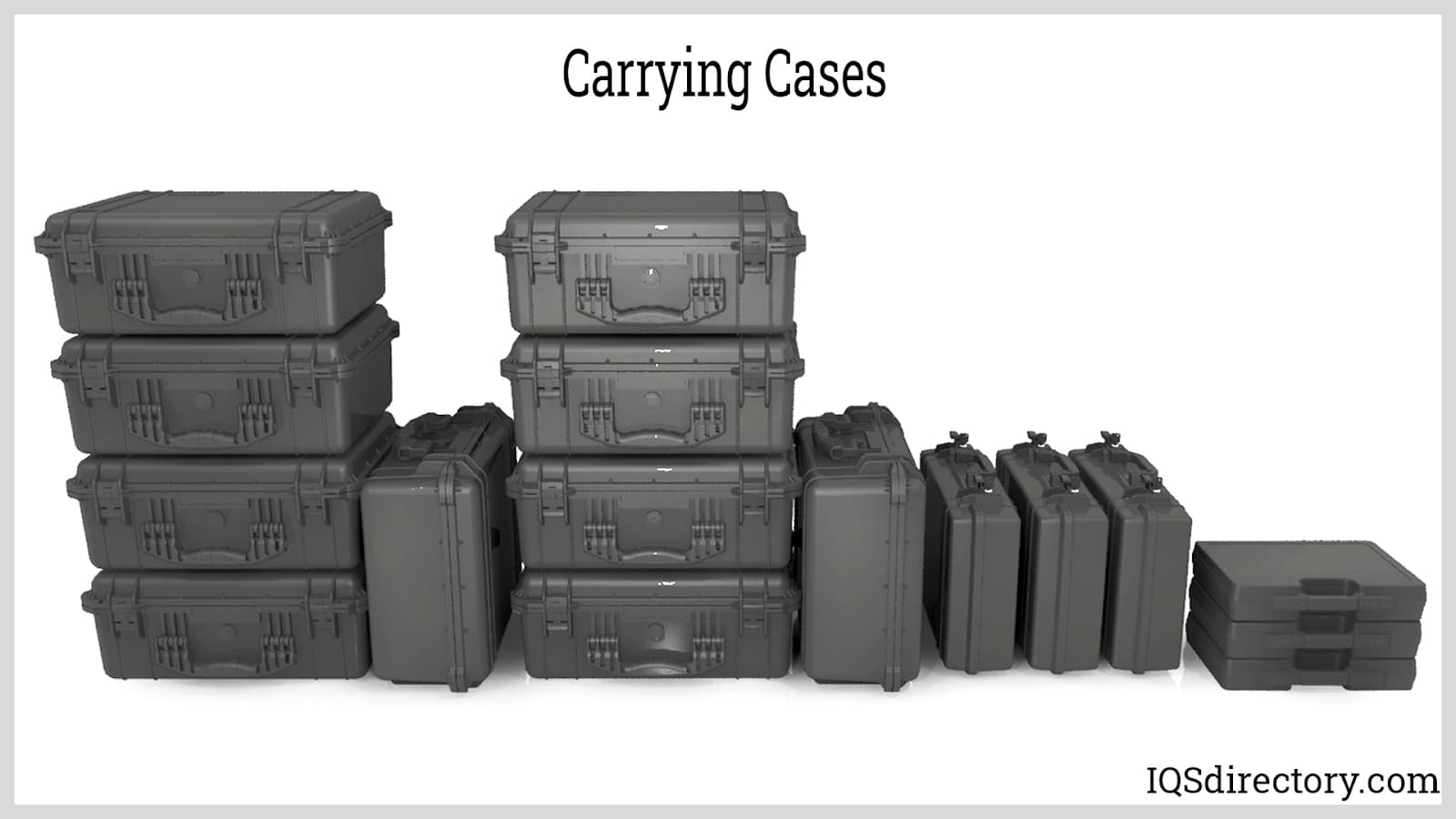
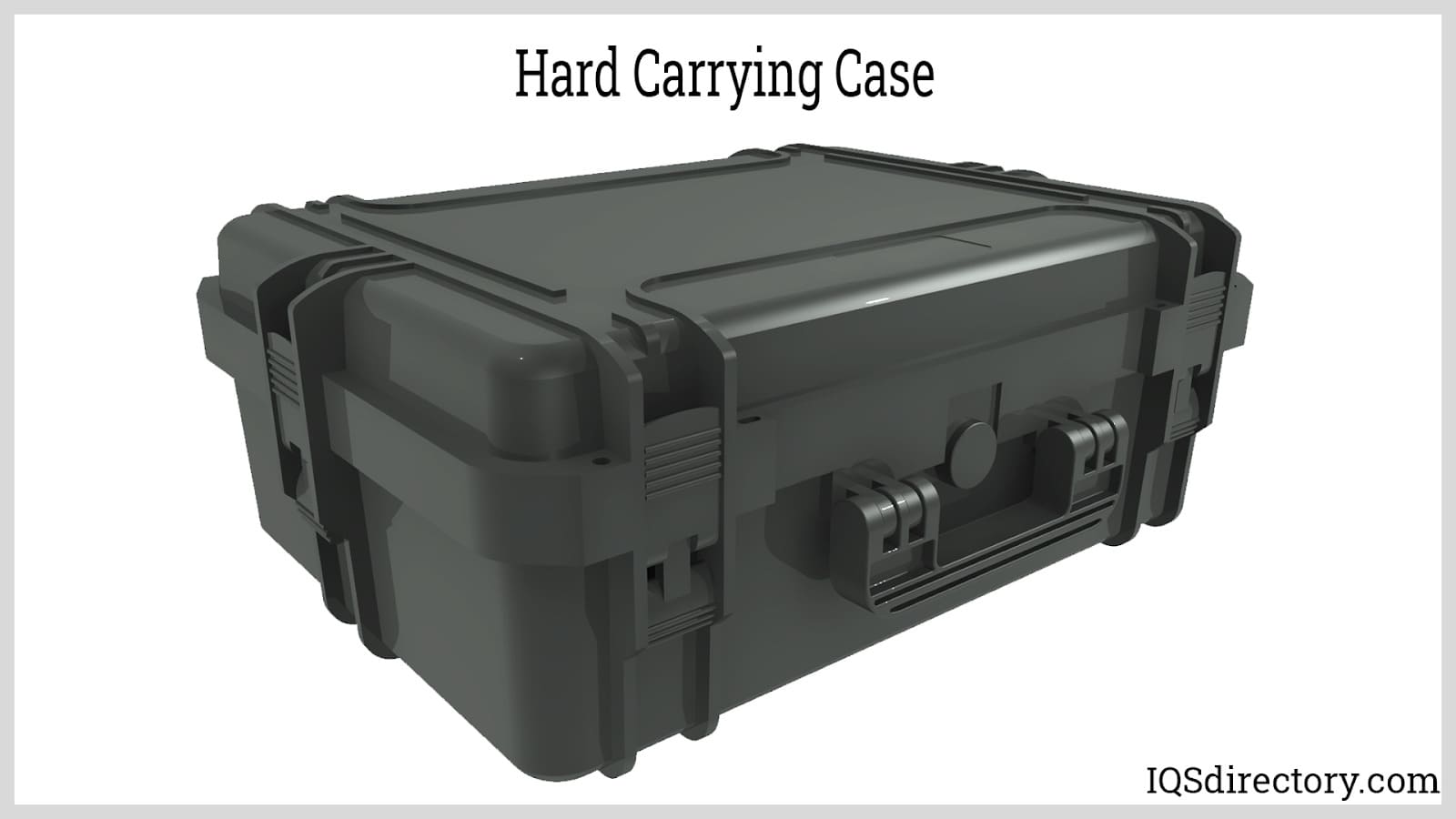
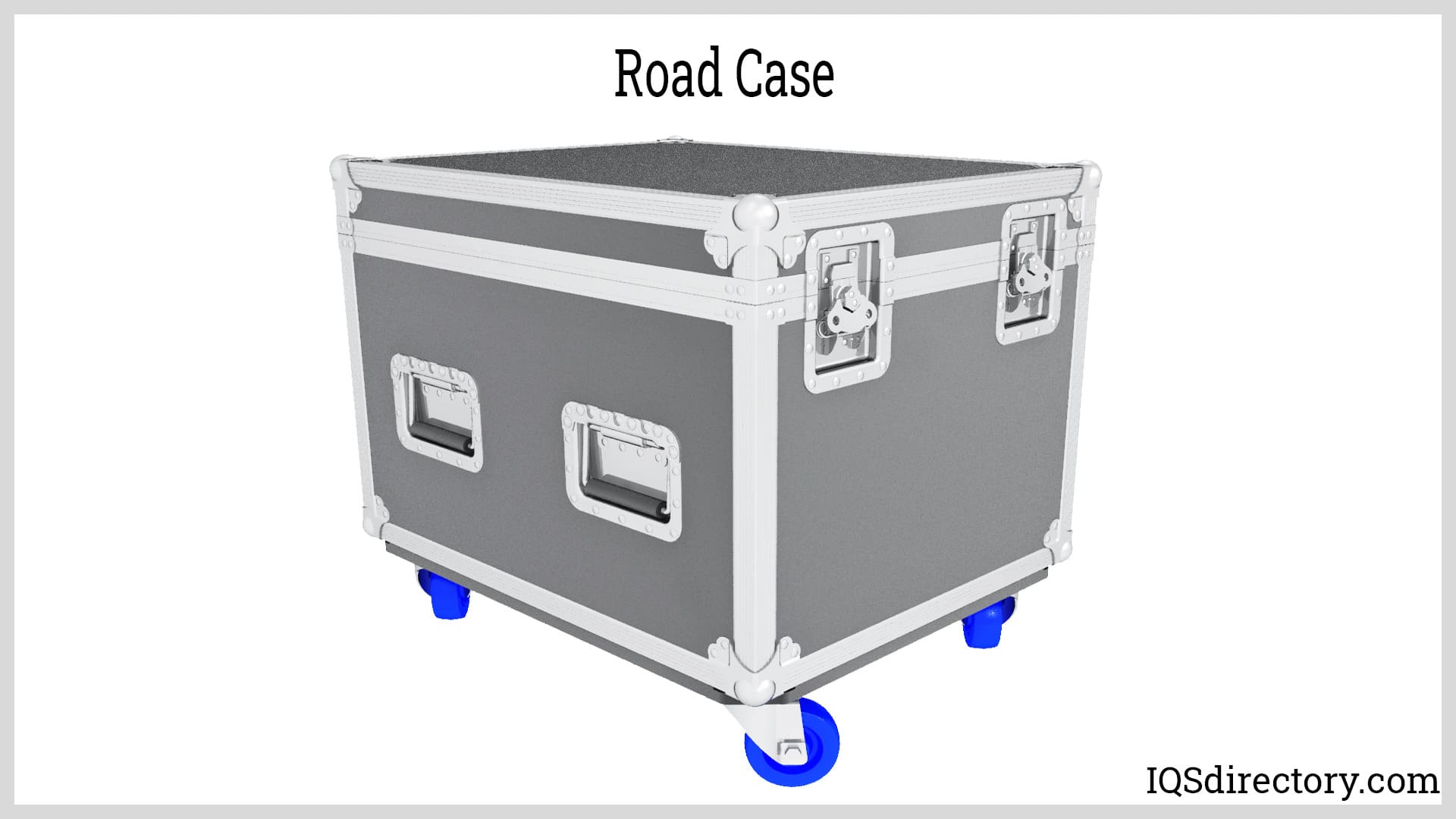
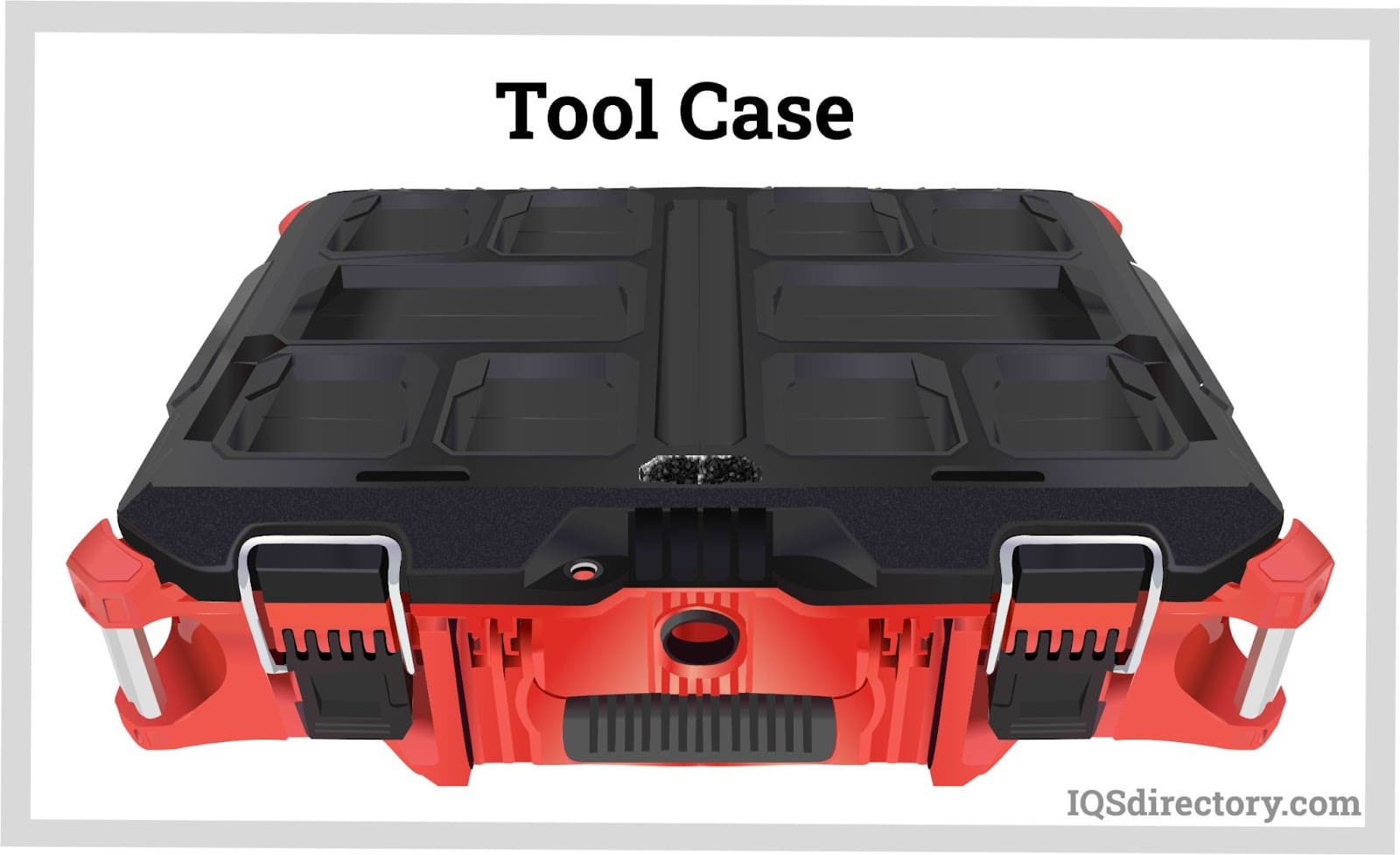
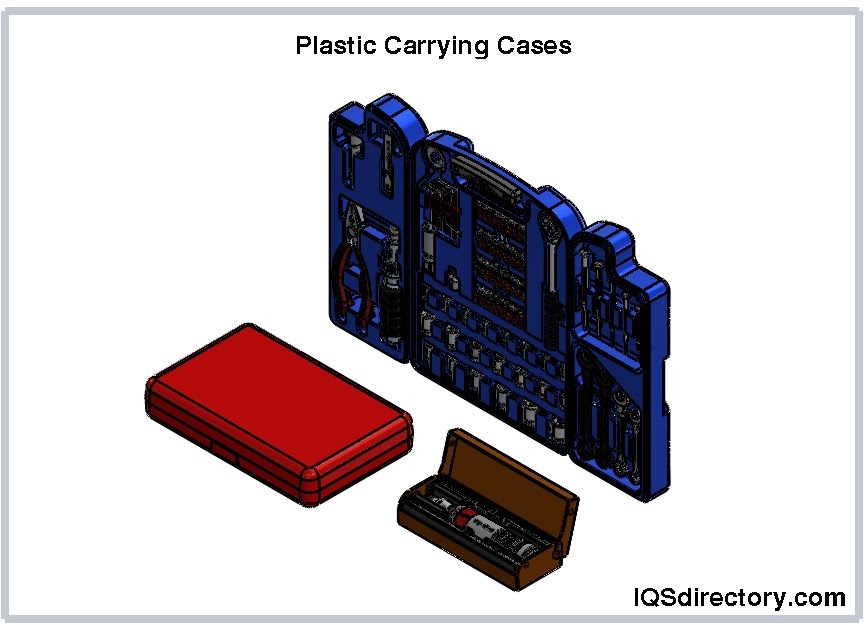
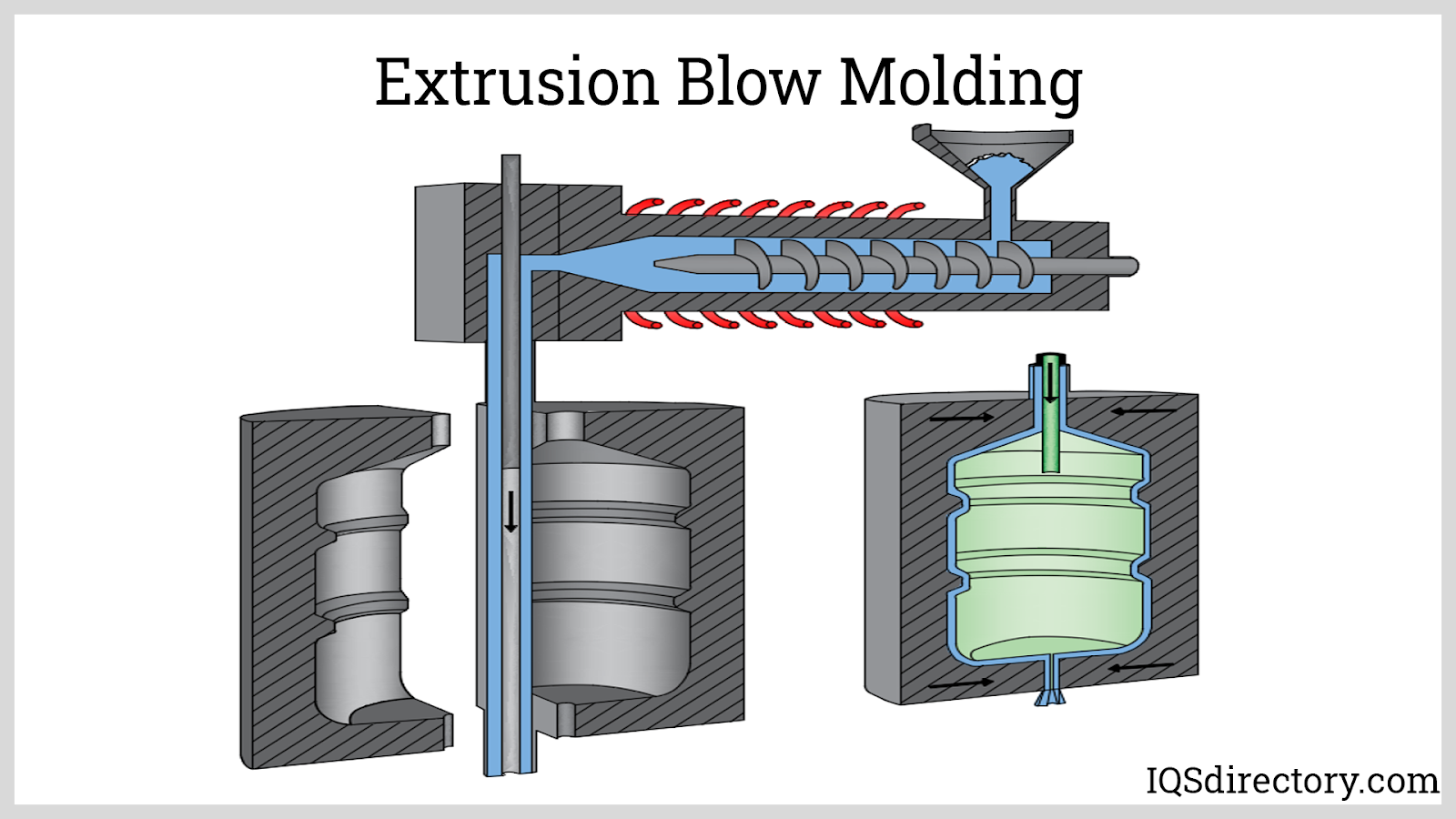
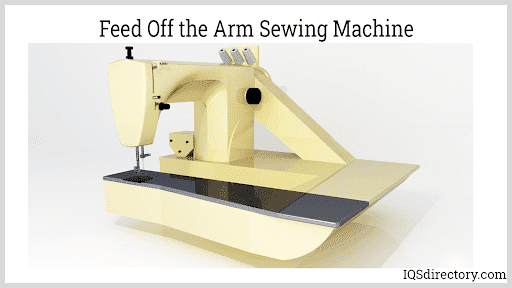
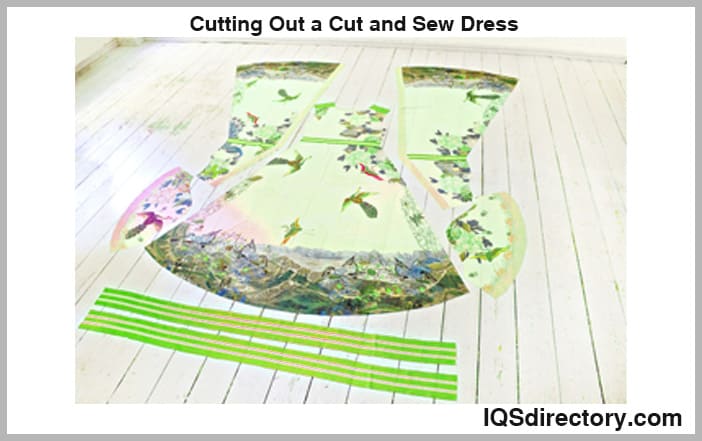
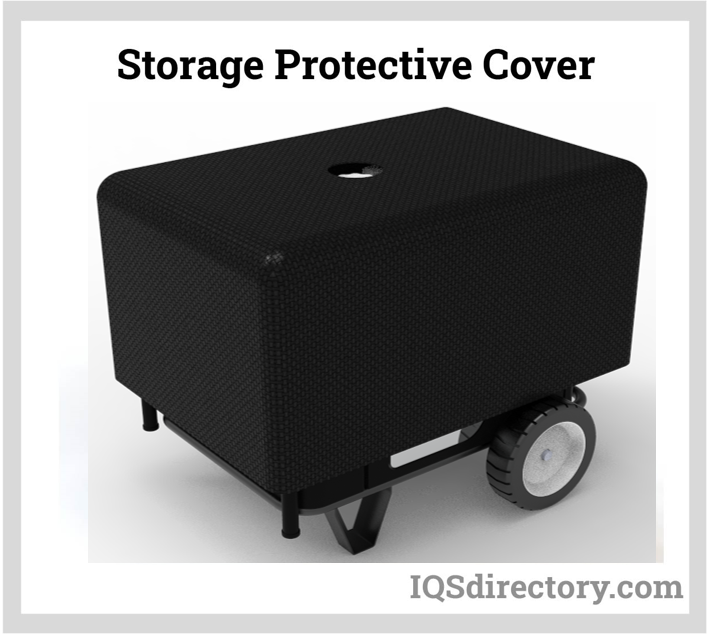
 Cardboard Tubes
Cardboard Tubes Carrying Cases
Carrying Cases Contract Packaging
Contract Packaging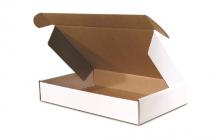 Corrugated Boxes
Corrugated Boxes Dot Peening Machines
Dot Peening Machines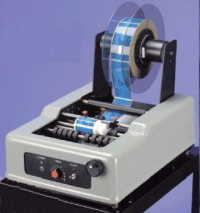 Labeling Machinery
Labeling Machinery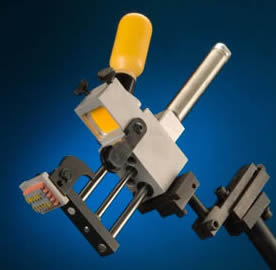 Marking Machinery
Marking Machinery Packaging Equipment
Packaging Equipment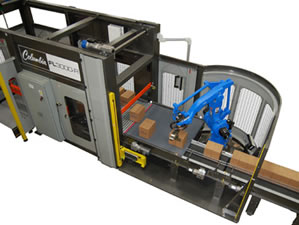 Palletizers
Palletizers Plastic Bags
Plastic Bags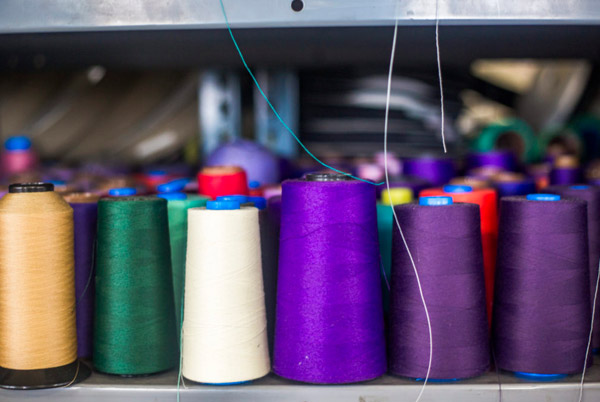 Sewing Contractors
Sewing Contractors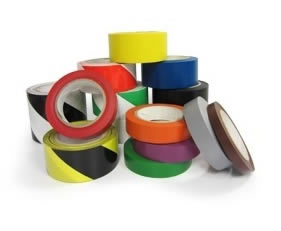 Tape Suppliers
Tape Suppliers Castings & Forgings
Castings & Forgings Bulk Material Handling
Bulk Material Handling Electrical & Electronic Components
Electrical & Electronic Components Flow Instrumentation
Flow Instrumentation Hardware
Hardware Material Handling Equipment
Material Handling Equipment Metal Cutting Services
Metal Cutting Services Metal Forming Services
Metal Forming Services Metal Suppliers
Metal Suppliers Motion Control Products
Motion Control Products Plant & Facility Equipment
Plant & Facility Equipment Plant & Facility Supplies
Plant & Facility Supplies Plastic Molding Processes
Plastic Molding Processes Pumps & Valves
Pumps & Valves Recycling Equipment
Recycling Equipment Rubber Products & Services
Rubber Products & Services